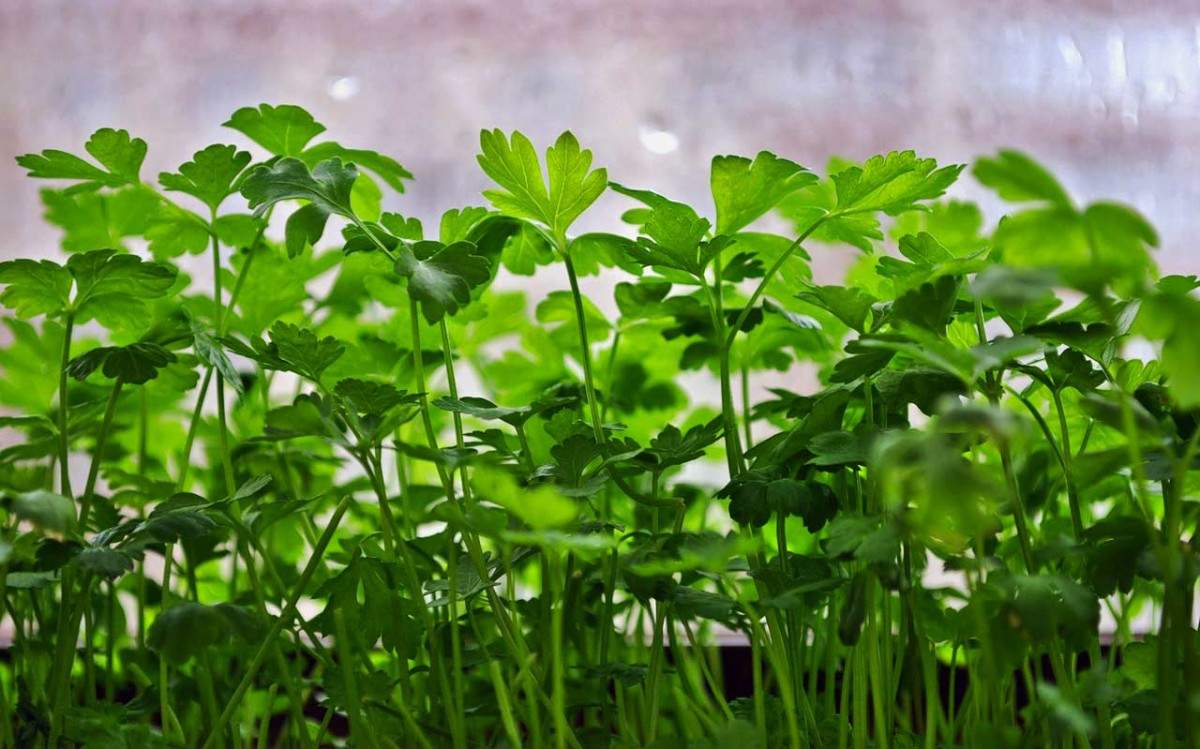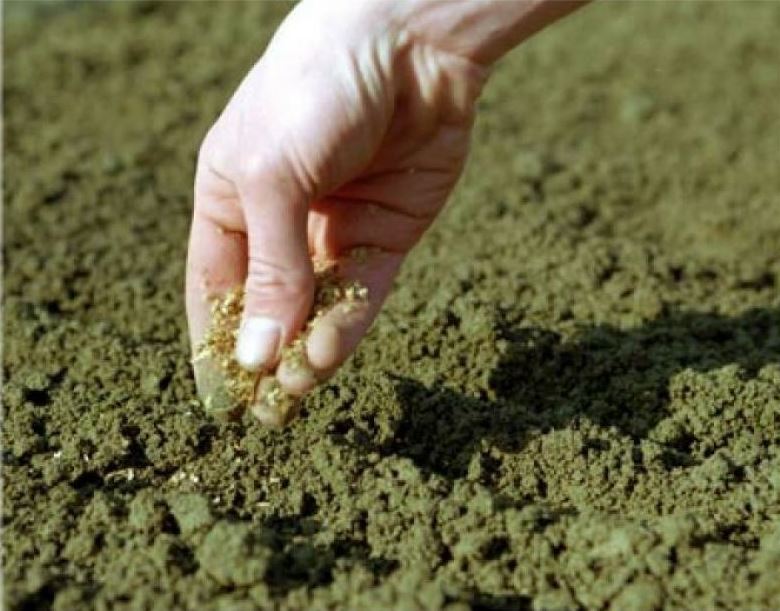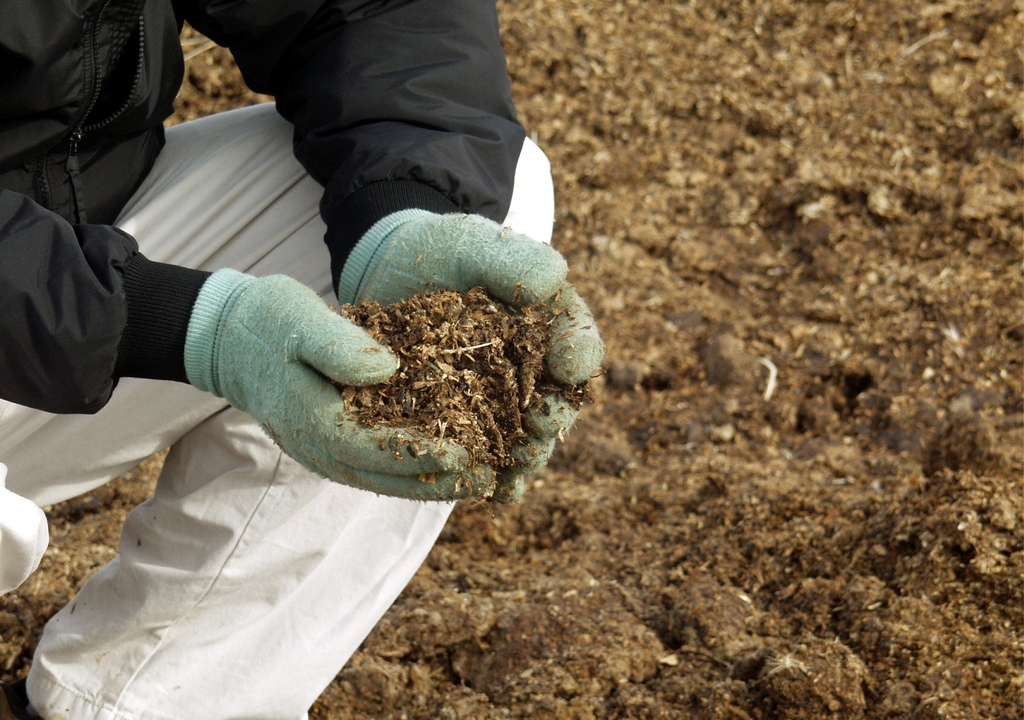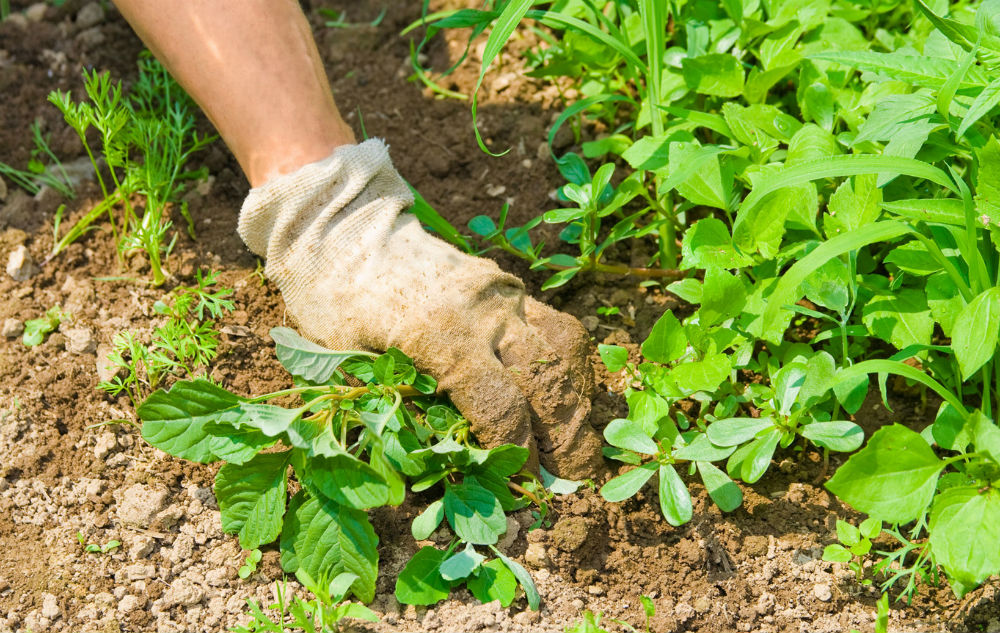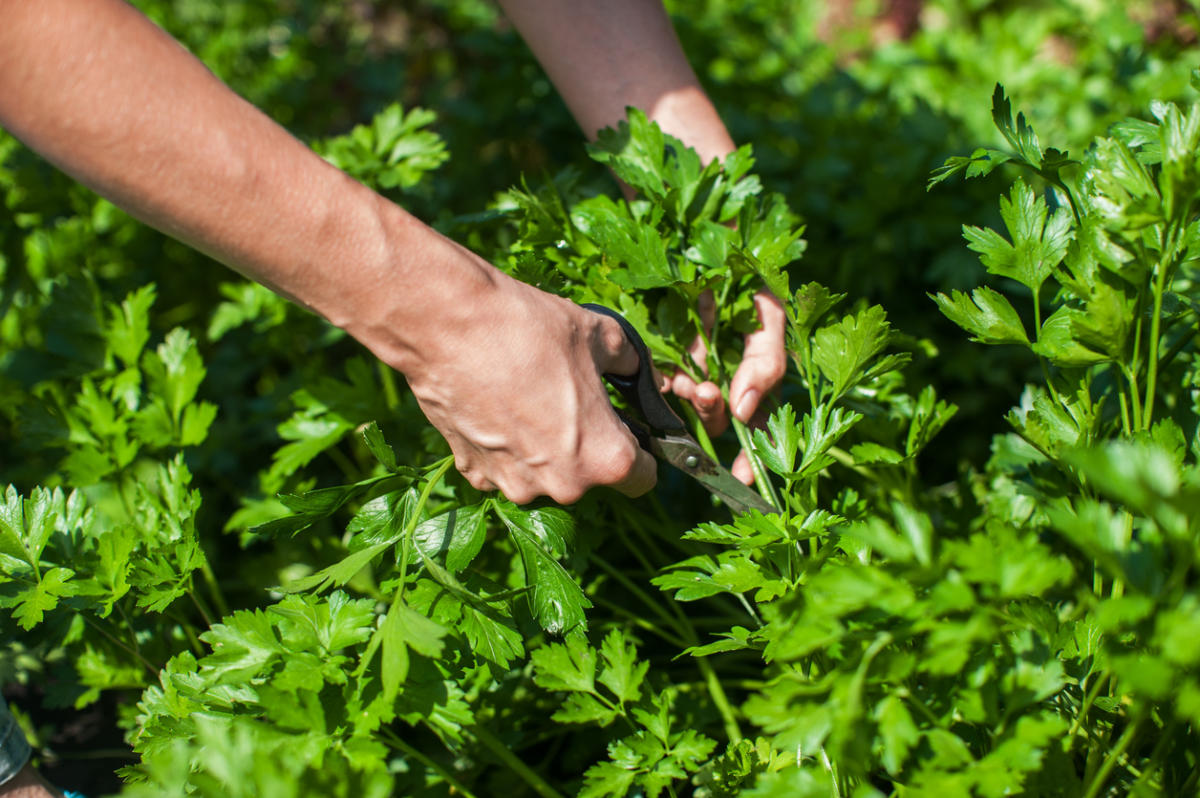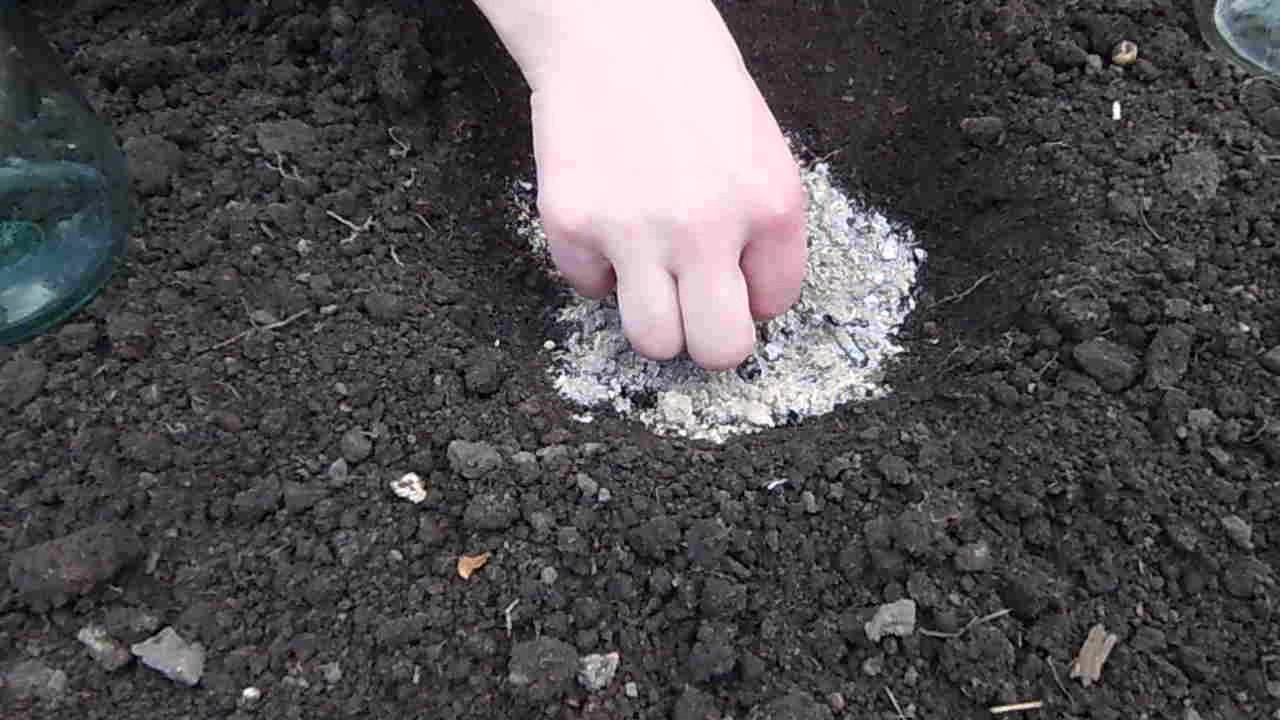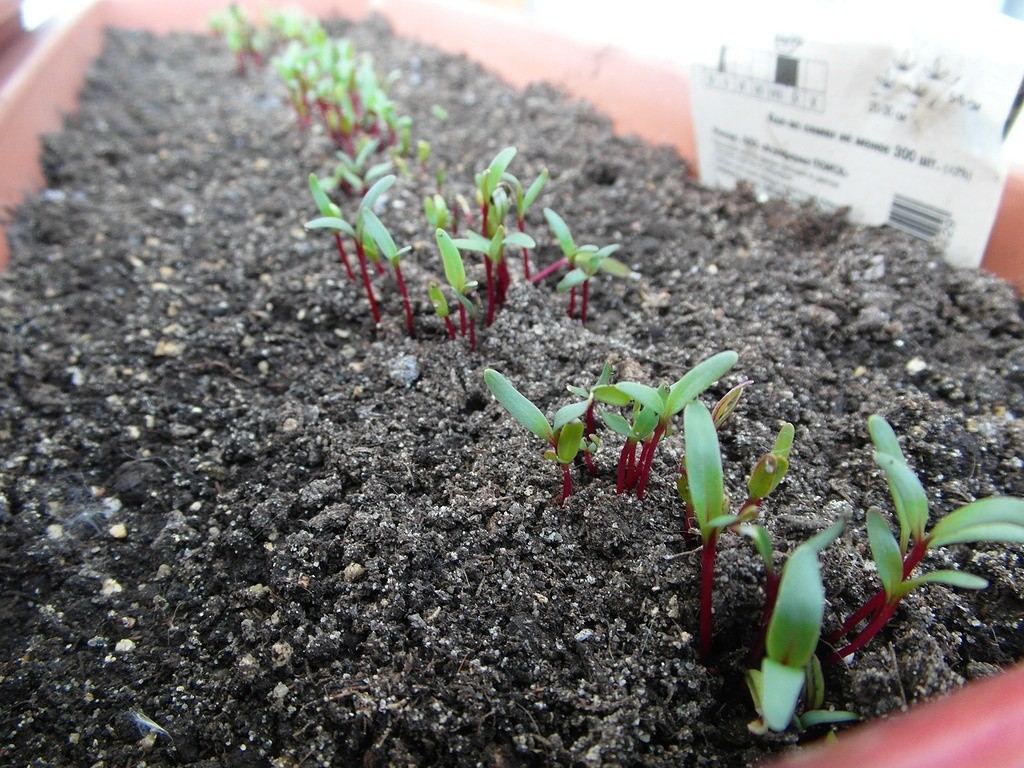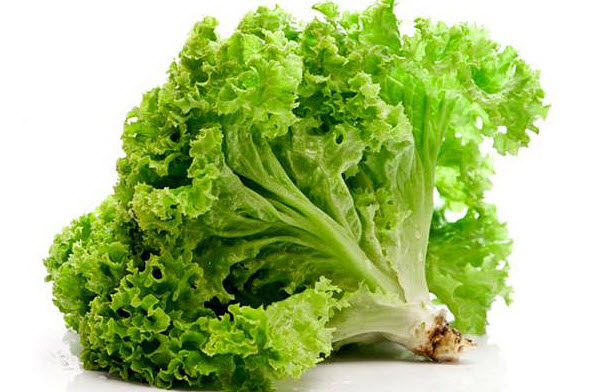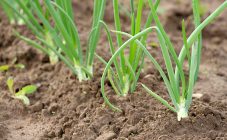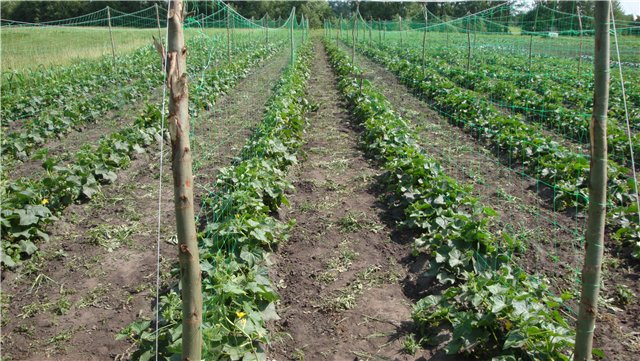Content:
Parsley belongs to the Umbrella family. This biennial plant is used as a seasoning for a wide variety of dishes. Greens are canned, dried, frozen. Parsley contains essential oils, vitamins, and minerals. Planting parsley in open ground with seeds in spring requires some knowledge from gardeners. How to plant parsley with seeds and seedlings, the rules for caring for the plant, when to harvest, the main issues of growing greens, we will consider within the framework of this article.
Landing requirements
Parsley is planted in open ground in central Russia and the Moscow region.
Planting seeds right in the garden is an easy way to grow fragrant greens.
When planting parsley and the subsequent care of the plant, gardeners must adhere to certain rules:
- Choose a sunny place on the site. In the sun, seeds sprout faster, the greens grow lush and juicy;
- The soil should be loose and free of weeds. The most suitable soil is loamy with a medium acidity level;
- Seeds must be sown when the air temperature warms up to 14-16 degrees;
- Crops of parsley grow well in the beds, if they used to grow there: pumpkin, cabbage, cucumbers or tomatoes;
- Crusts should not form on the ground, so it is important to periodically loosen and weed the garden bed;
- The plant is hygrophilous. Watering should be plentiful, regular. The soil must be moist;
- It is not recommended to sow greens if before that there were beds with carrots, caraway seeds, dill.
On the territory of Russia, parsley of leaf and root varieties is grown. Curly parsley with the usual leaf shape is used as a greenery, as a seasoning for dishes.
The plant is planted in open ground for several purposes:
- Get spicy greens, root vegetables. For this, the plant is planted with seeds;
- To grow fresh foliage from last year's roots.
To get a good harvest of parsley, gardeners must comply with agrotechnical requirements when planting and growing a plant.
Breeding parsley
In the second year of the growing season, the plants collect ripe seeds. Parsley root is cut and laid in rolls. Then the greens are dried in a dry, well-ventilated area. When the seeds are dry, the plant must be threshed to extract the seeds. After they are dried again on paper and put in a dry box or paper bag.
New sowing of parsley is carried out in compliance with all agricultural rules recommended for planting greens.
Sowing with seeds
Parsley is an unpretentious plant for weather conditions. Seeds are planted starting in mid-April. You can use the lunar calendar to guide you when to start planting parsley outdoors in the spring. The garden bed should be in a well-lit place. The seeds can be sown several times per season so that fresh herbs are on the table all summer long.
It is better to prepare a bed for parsley in advance. In autumn, the soil is fertilized with humus or rotted manure. During the winter, fertilization will restore the soil and make it more fertile.If the land is depleted, then additionally it is necessary to replenish the complex fertilizer 1 month before planting the seeds.
Germination of seedlings occurs faster if high-quality germinated material is taken for planting.
Instructions on how to plant parsley seeds:
- Dry seeds take longer to germinate, so they are pre-treated before planting in the garden. They need to be soaked for one hour in warm water, then dried - this is the way to sow parsley seeds so that they quickly sprout;
- Parsley is sown in small grooves to a depth of 1 cm. The number of seeds is calculated as follows: per 1 m2 of land it will take 0.5 g. How many seeds to sow in a groove depends on the variety;
- The distance between the rows must be at least 20 cm;
- Pour the planted seeds from a shallow watering can, sprinkle with a layer of earth. To preserve moisture, the bed is covered with a film.
With the right actions during seed preparation and planting, the first shoot can be seen in 7-10 days. Parsley fully sprouts in 1-2 weeks. After that, it must be thinned out, all weak shoots must be removed.
The quality of the future harvest of greenery will depend on the care of the plant.
Parsley is considered unpretentious, but it requires some care measures:
- Provide correct moderate watering with a watering can. Watering is necessary on dry days, when the top layer of the earth begins to dry out. Avoid crusting. It is advisable to perform the procedure in the morning, use settled water;
- Weed as the weed grows. This aerates the soil. You can use a small garden rake to loosen the bed;
- Sprinkle the bed with a small layer of peat or sawdust. Mulching allows you to keep the soil moist, does not allow weeds to grow;
- Feed parsley twice a summer. For this, nitrogen preparations (ammonium nitrate) are used at the rate of 5 g of composition per 1 m2.
Planting seedlings
Parsley is usually sown with seeds directly in open ground, but the culture can be grown by planting ready-made seedlings on the garden bed. This method allows growers to get fresh greens early.
First, prepare the necessary gardening tools and soil for planting. You can take any containers for growing seedlings. A wooden box, flower pot, or special container will do.
Recommendations for choosing a soil:
- To plant seeds in a greenhouse or at home, you must use soil from the garden. On the shelves of shops you can find land for growing vegetables and herbs. But it is undesirable to use only purchased soil. If there is not enough land from the site, then you can mix half with the purchased one;
- For active root growth, the soil is deoxidized by adding 10-15 g of superphosphate and calcium per 5 kg of soil.
For growing seedlings at home, seeds are germinated in advance in order to get seedlings faster. To do this, they must be soaked in water, so the germination of the first shoots will occur earlier.
When planted with dry seeds in the ground, parsley germinates several weeks later. This is influenced by the essential oils contained in the seeds. To speed up the germination process, you can use the advice on how to plant parsley so that it sprouts quickly:
- Essential oils are washed out with water. Parsley seeds are placed in warm water for three days. The water needs to be changed every day. After the seeds are dried on paper and refrigerated for 1 week. You don't need to put the seeds in the refrigerator;
- The second way, how you can quickly sprout parsley - after washing out the essential oils, put the swollen seeds on cheesecloth, moisten the cloth with water.Wait for the seeds to germinate.
Step-by-step actions on how best to sow parsley for seedlings:
- The prepared seeds are sown into a container with earth to a depth of 0.5-1 cm. The distance between each seed in the furrow should be at least 3 cm. After the rows, sprinkle with earth and water. It is recommended to cover crops with foil or glass and put in a sunny place. If the house is on the sunny side, then the container is placed on the windowsill. The optimum temperature for seedlings is 25 degrees;
- The land must be constantly monitored. Maintain soil moisture and ventilate seedlings by briefly removing glass or film. The containers remain covered until the first parsley leaf has grown. Germinated seeds begin to germinate in 7-10 days;
- Young seedlings are weak and are afraid of drying out the soil and direct sunlight. Seedlings are watered carefully using a pipette or syringe. Can be sprayed with a spray bottle. Fortified seedlings are poured from a spoon with settled water.
After 30-35 days after germination of seedlings, a second pair of leaves appears on the stem. If the seedlings are planted densely, then, if necessary, they dive into small individual pots or greenhouse beds.
Growing greens through seedlings is suitable for leafy parsley. If parsley root seeds are used, then there is a risk of damaging the roots when picking and transplanting to the garden. Damaged root tips lead to root branching.
Seedlings of parsley require careful attention and proper care from the gardener; this method allows you to grow an early and high-quality harvest of greens.
Parsley care
Seeds planted in open ground in spring do not require special care. Before the emergence of shoots, all care consists in regularly moistening the soil and airing the crops that are under the film or glass.
If weeds appear, they are immediately removed. It can interfere with the normal development of the plant.
After sprouting parsley, the following are added to agrotechnical measures:
- Thinning of greenery;
- Top dressing;
- Loosening.
Parsley is fertilized twice a season. As a top dressing, mullein infusion or compost is used. Add 0.5 kg of organic fertilizer and 1 tbsp to a bucket of water. a spoonful of superphosphate and potassium sulfate. The resulting solution should be carefully fed the beds, watering with a thin stream.
If the plant is grown for root crops, then, starting in August, feeding stops.
Parsley does not tolerate drought well - the foliage becomes wilted, coarser and tougher, but this way essential oils accumulate as much as possible.
The plant is sometimes attacked by pests and diseases. It is important to observe the condition of the parsley leaf blades. Greens that begin to hurt are noticeable by the change in the leaves.
Possible diseases:
- Peronosporosis (powdery mildew). The plant has yellowing of the leaf blades on the upper side, and a gray-purple bloom appears below. The leaves begin to wither and dry. For the fight, a sulfuric solution is used (25 g of sulfur per bucket of water). Parsley leaves and a plot of land are processed;
- Septoria (white spot). A symptom of the disease is the appearance of numerous spots of light yellow or brown color on the leaves. Diseased branches must be uprooted and burned. As a preventive measure, soil drainage is carried out to prevent water stagnation.
When and how to harvest
Parsley is harvested several times per season. After three bunches of true leaves have formed on the stem, the parsley can be cut off.
The ripening period depends on the type of greenery. About 2-2.5 months after planting, the parsley is ready for harvest. The stem must be cut at the root. If you leave the stalk, it can slow down the growth of young shoots.
If you need several branches of parsley, then it is better to cut them from the outside. This will remove more mature twigs and allow the inner part to fully develop, giving strength to new shoots for rapid growth.
Fresh parsley is most fragrant and healthier, right from the garden. Greens can be prepared for future use by drying or freezing chopped leaves.
Knowing how to plant parsley in open ground and performing simple agrotechnical manipulations, you can grow a high-quality crop of fragrant and spicy greens.
